The Importance of Semi-Trailer Insurance
Operating a semi-trailer is an essential part of logistics and transportation services. However, it comes with its own set of risks that necessitate robust protection in the form of semi-trailer insurance. This coverage is not just a business precaution; it is often a legal requirement in many jurisdictions. Understanding the financial implications of said insurance is vital for freight carriers and independent operators alike. How much is semi-trailer insurance? This guide sheds light on that question while delving deep into various factors influencing the costs.
Key Factors Affecting Semi-Trailer Insurance Costs
| Factor | Description |
|---|---|
| Type of Use | Commercial, personal, or agriculture impacts premiums. |
| Value of the Trailer | Higher value leads to higher premiums. |
| Driver Experience | New drivers may face higher costs compared to seasoned pros. |
| Location and Jurisdiction | Local risks and legal requirements influence rates. |
| Coverage Type | Different policies (liability, comprehensive, etc.) vary in cost. |
| Safety Features | Advanced features can lower premiums. |
| Claims History | A record of past claims increases perceived risk. |
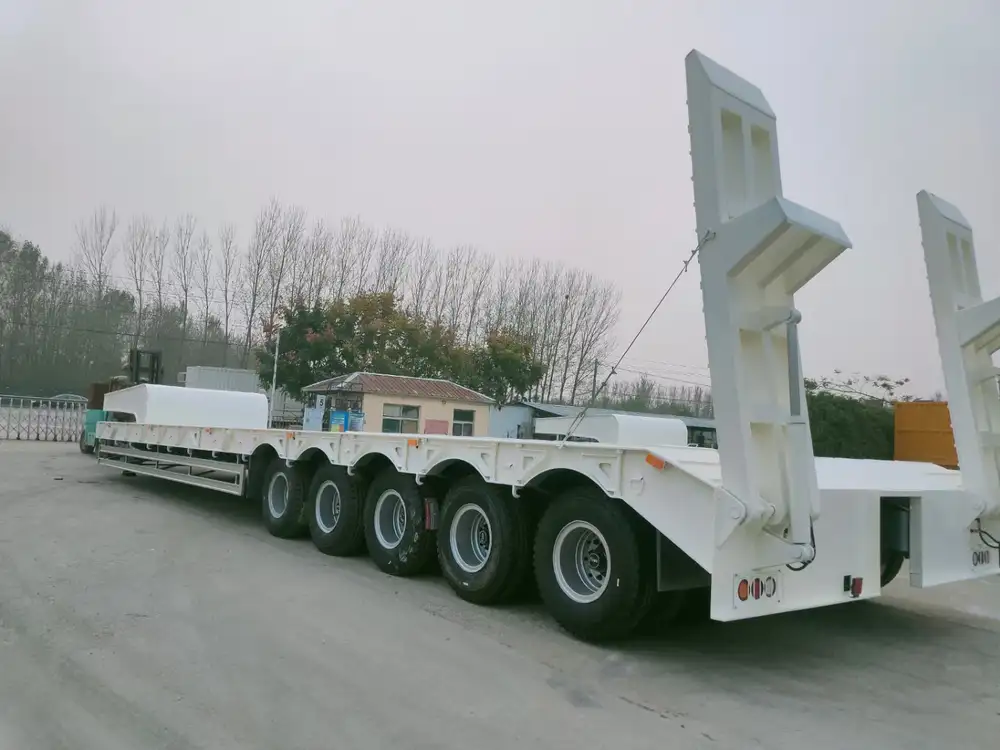
1. Type of Use
The intended use of a semi-trailer significantly impacts insurance rates. Different operations—such as long-haul trucking, regional distribution, or agricultural purposes—pose varying risks and therefore come with distinct premiums. Insurance providers evaluate the nature of your business to determine the associated risks and tailor your rates accordingly.
2. Value of the Trailer
The actual value of your semi-trailer is a pivotal element in determining insurance costs. More expensive trailers generally incur higher premiums to account for the potential financial loss in the event of damage, theft, or loss. It pays to know the market value of your trailer before seeking insurance.
3. Driver Experience
Insurance companies consider the experience level of drivers operating the vehicle. New drivers who may have less experience on the road often face higher insurance premiums than veteran drivers with clean records. Demonstrating competence and minimizing reckless driving can help secure lower rates over time.
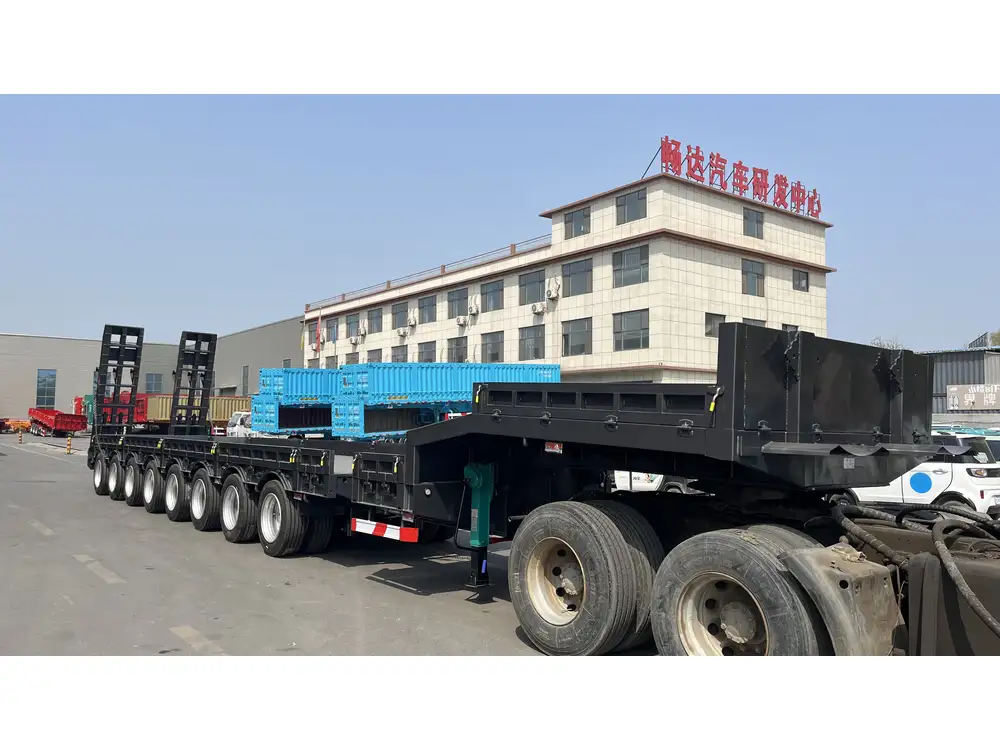
Understanding Coverage Types
A variety of insurance options exist for semi-trailers, each with unique offerings and associated costs. Below is a breakdown of common coverage types and their implications on pricing.
| Coverage Type | Description |
|---|---|
| Liability Insurance | Covers damages to others in accidents you cause. |
| Comprehensive Insurance | Covers non-collision-related damages (theft, vandalism). |
| Collision Insurance | Covers damages to your trailer from collisions. |
| Cargo Insurance | Protects the goods being transported. |
| Physical Damage Insurance | Protects against damage to the trailer itself. |
Liability Insurance
This is often the minimum coverage required by law. It covers the damages caused to third parties in an accident in which you are at fault. Typically, liability insurance can be quite affordable, but it’s important to evaluate the limits before selecting a policy.
Comprehensive and Collision Insurance
Comprehensive insurance protects against damages that occur without direct collisions, such as theft, vandalism, or fire. Collision insurance covers damages resulting specifically from vehicle collisions. Combining both coverage types often enhances protection but pushes up the overall costs.
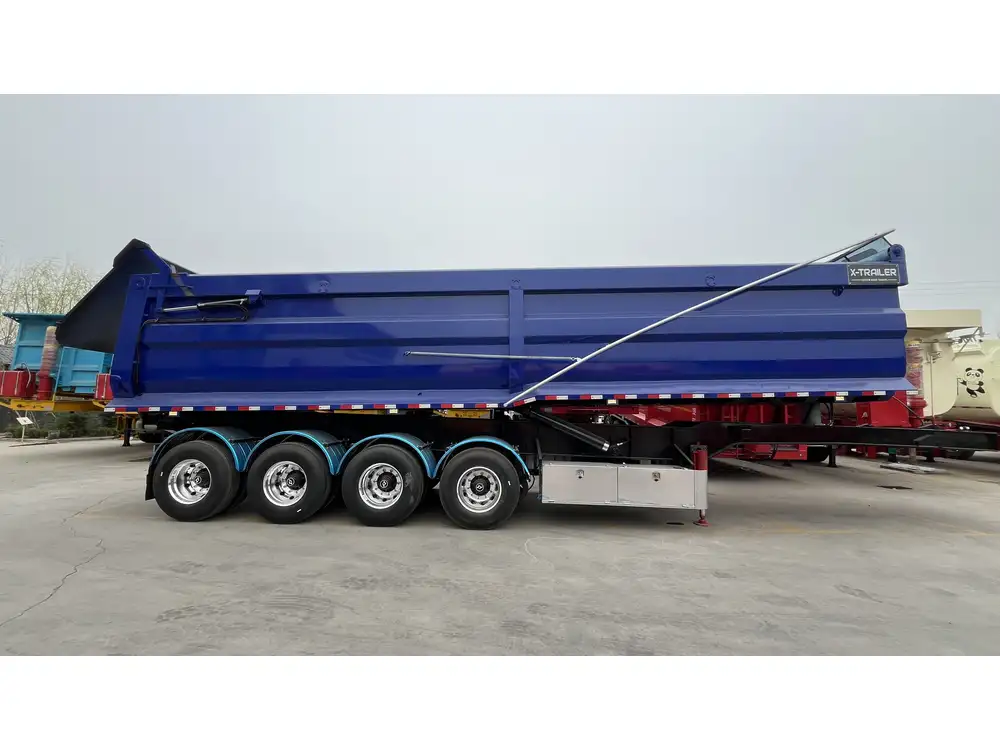
Geographic Location and Its Impact
Your location plays a crucial role in determining insurance costs. Areas with higher rates of accidents, theft, or severe weather conditions often incur higher premiums. For instance, urban areas typically come with heightened risks for commercial vehicles, often leading to increased insurance costs.
Analyzing Your Claims History
Your claims history is a direct reflection of risk as perceived by insurance providers. If you have a history of claims, you may face increased premiums due to perceived riskier behavior on the road. Conversely, maintaining a clean driving record and avoiding claims can help lower insurance rates over time.
Finding the Right Coverage at the Right Price
Navigating the world of semi-trailer insurance can feel overwhelming. Nonetheless, taking a systematic approach can reduce costs significantly while ensuring adequate coverage. Here are steps to consider when seeking the best rates.
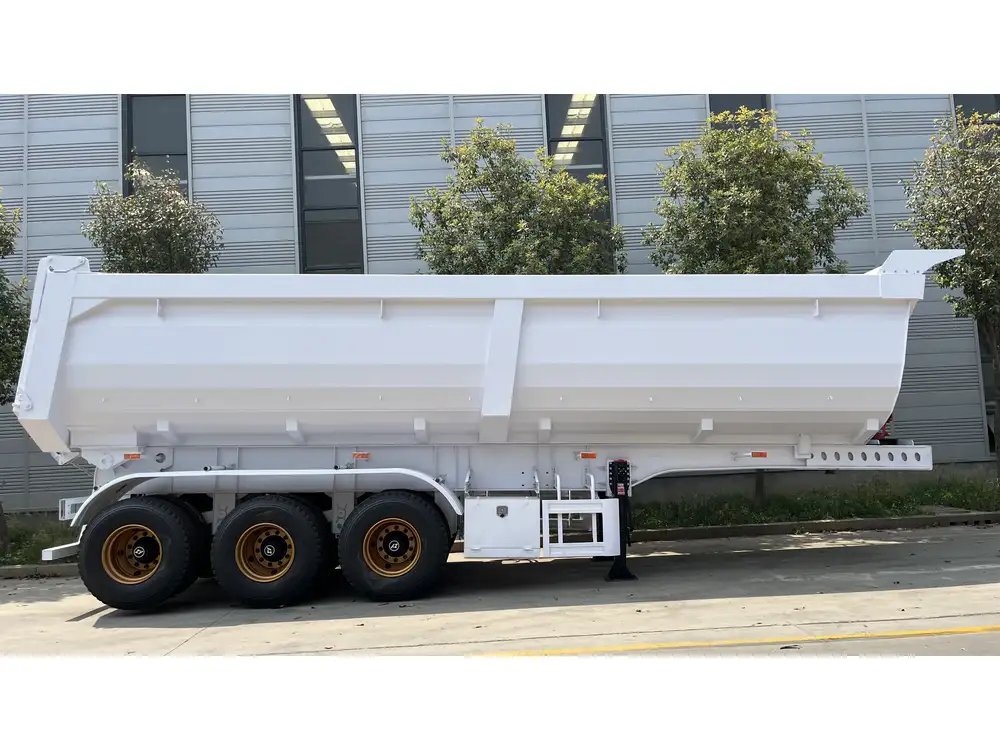
1. Gather Multiple Quotes
Obtaining quotes from various insurance providers is paramount. Each insurer calculates rates differently based on their underwriting criteria and risk assessments. By pursuing multiple quotes, you can find competitive pricing that fits your budget and needs.
2. Assess Coverage Needs
Evaluate precisely what you need from an insurance policy. Are you only interested in the minimum required liability coverage, or do you seek comprehensive protection? Understanding your specific requirements can help you avoid overpaying for unnecessary add-ons.
3. Improve Safety Features
Enhancing your trailer with safety features can lead to significant reductions in insurance premiums. Installing GPS tracking, anti-lock brakes, and advanced collision-avoidance systems can demonstrate a commitment to safety and lead to discounts on your insurance.

4. Consider Higher Deductibles
Selecting a higher deductible generally results in lower premiums. While this decision means more out-of-pocket expense in the event of a claim, it can considerably cushion your costs if claims are infrequent.
5. Explore Bundling Options
If you have other vehicles or properties that require insurance, ask about bundling your policies. Many insurance providers offer discounts to clients who insure multiple assets with them, which can lead to considerable savings overall.
Preparing for the Unexpected: Developing a Safety Plan
A proactive approach to risk management can help mitigate the costs associated with semi-trailer insurance. Creating a comprehensive safety plan can further reduce your risk profile and lead to lower premiums.

Elements of an Effective Safety Plan
Regular Maintenance Checks
- Schedule routine inspections and maintenance tasks to ensure your trailer operates safely, which reduces the likelihood of accidents or breakdowns.
Driver Training Programs
- Invest in ongoing training and education for your drivers. Improved driving skills reduce the risk of accidents and enhance your safety record.
Implementing a Safety Policy
- Develop and enforce a company-wide safety policy that outlines best practices for safe driving. This policy should be reviewed regularly and updated as necessary.
Encouraging Accident Reporting
- Ensure that all accidents, regardless of severity, are reported and analyzed. This practice allows for adjustments in training and safety protocols as needed.
Utilizing Technology for Safety
- Consider incorporating telematics systems that make use of GPS and real-time data to monitor driving behavior and improve route safety.
Frequently Asked Questions About Semi-Trailer Insurance
What is the average cost of semi-trailer insurance?
Costs can vary widely based on myriad factors—averaging between $3,000 to $12,000 annually. Comparing multiple quotes will provide a clearer estimate tailored to your company’s specifics.
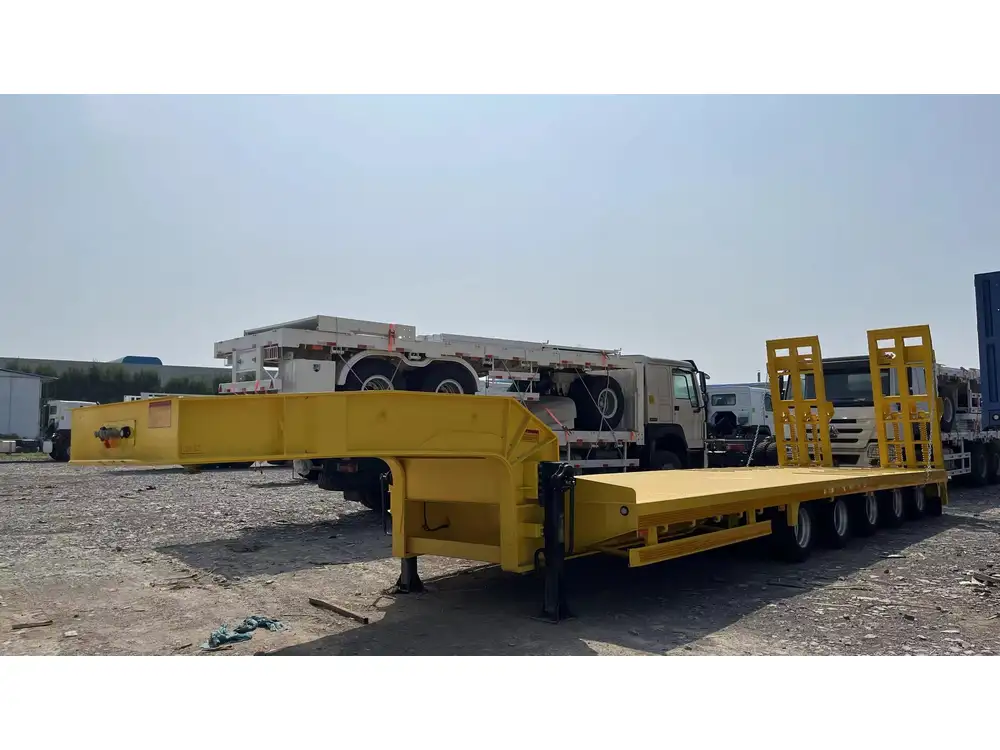
Can semi-trailer insurance cover cargo?
Yes, but you may need to secure additional cargo insurance to specifically cover your freight. Each policy varies in terms of what is included, so clarify this with your provider.
How can I lower my semi-trailer insurance premiums?
Implementing safety measures, maintaining a clean driving record, bundling policies, and exploring higher deductibles are all effective strategies to lower premiums.
Conclusion: Protecting Your Investment
Understanding the components that influence the cost of semi-trailer insurance is vital for making informed decisions. Semi-trailers represent a significant investment in the transportation industry, and securing the right insurance is critical to safeguarding against unexpected risks and liabilities. By assessing your unique needs and scrutinizing potential costs, you can find a balance between providing comprehensive coverage and managing expenses effectively.
Navigating this landscape doesn’t have to be complicated, provided you arm yourself with the right information and resources—transforming the challenge of securing appropriate semi-trailer insurance into an advantageous aspect of your operational strategy. Adaptation, careful planning, and continual learning pave the way for not just surviving but thriving in the competitive world of transportation.



